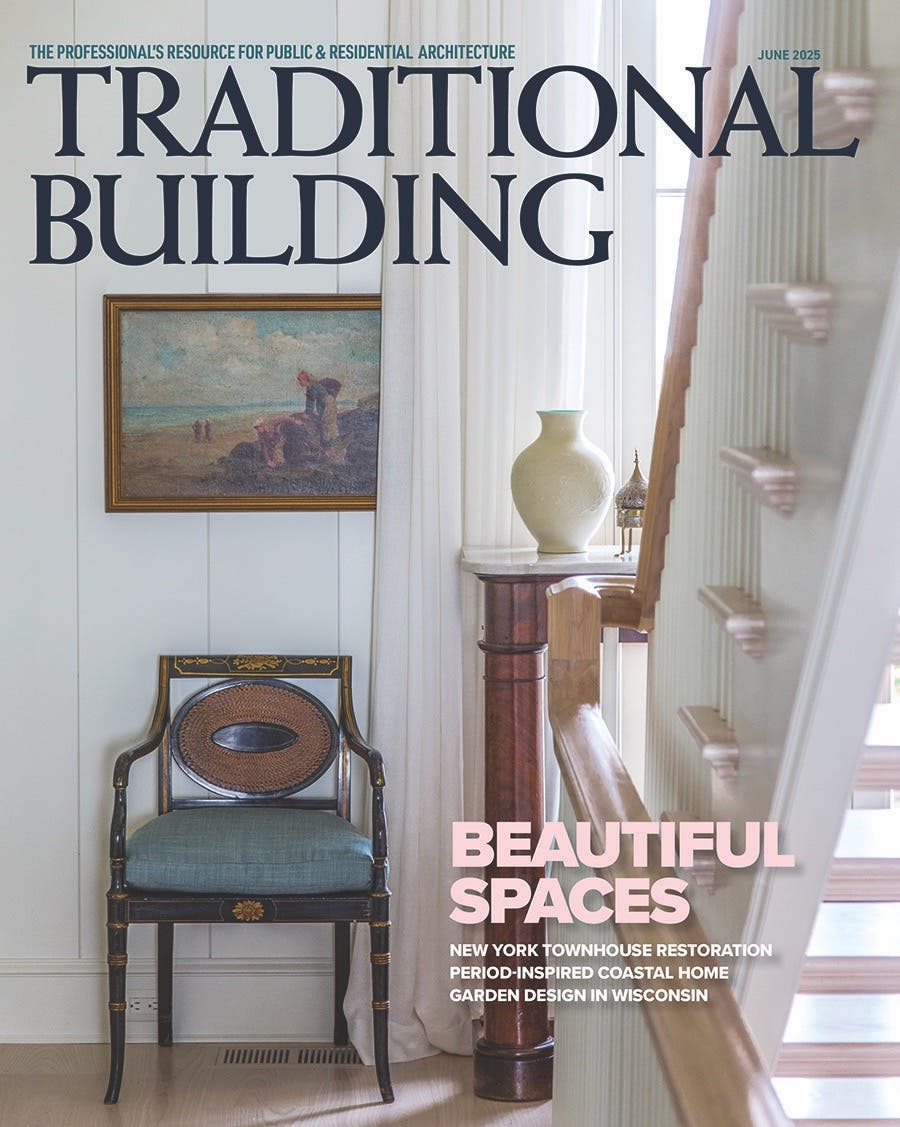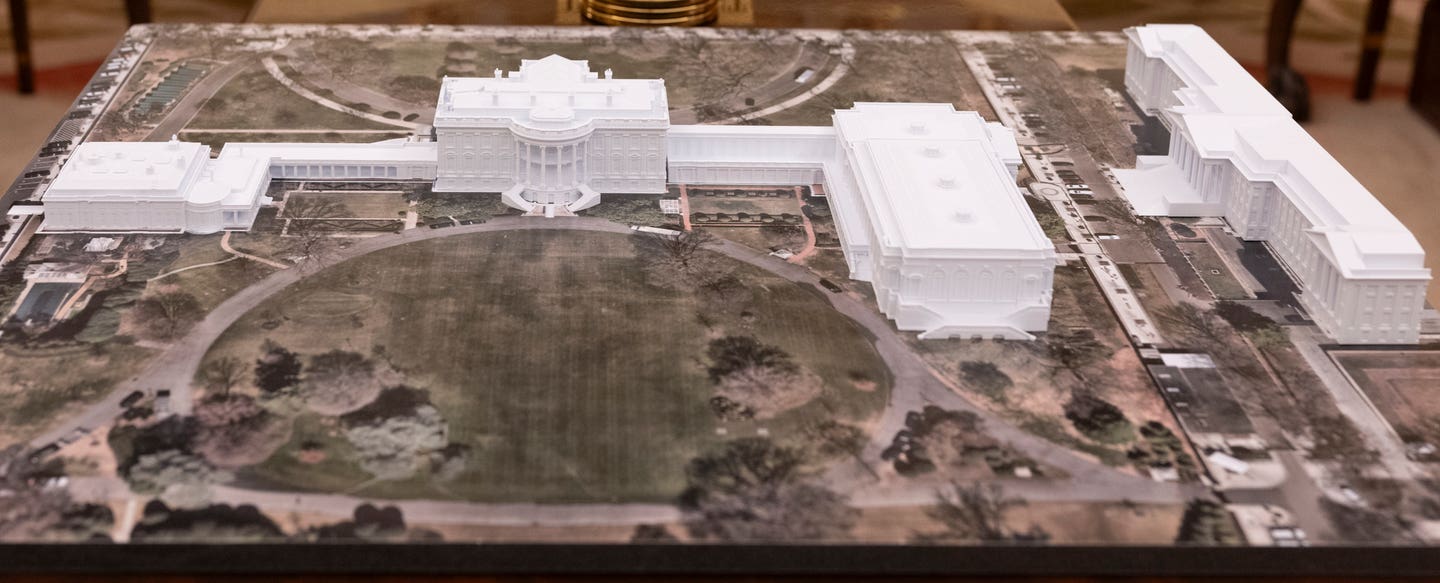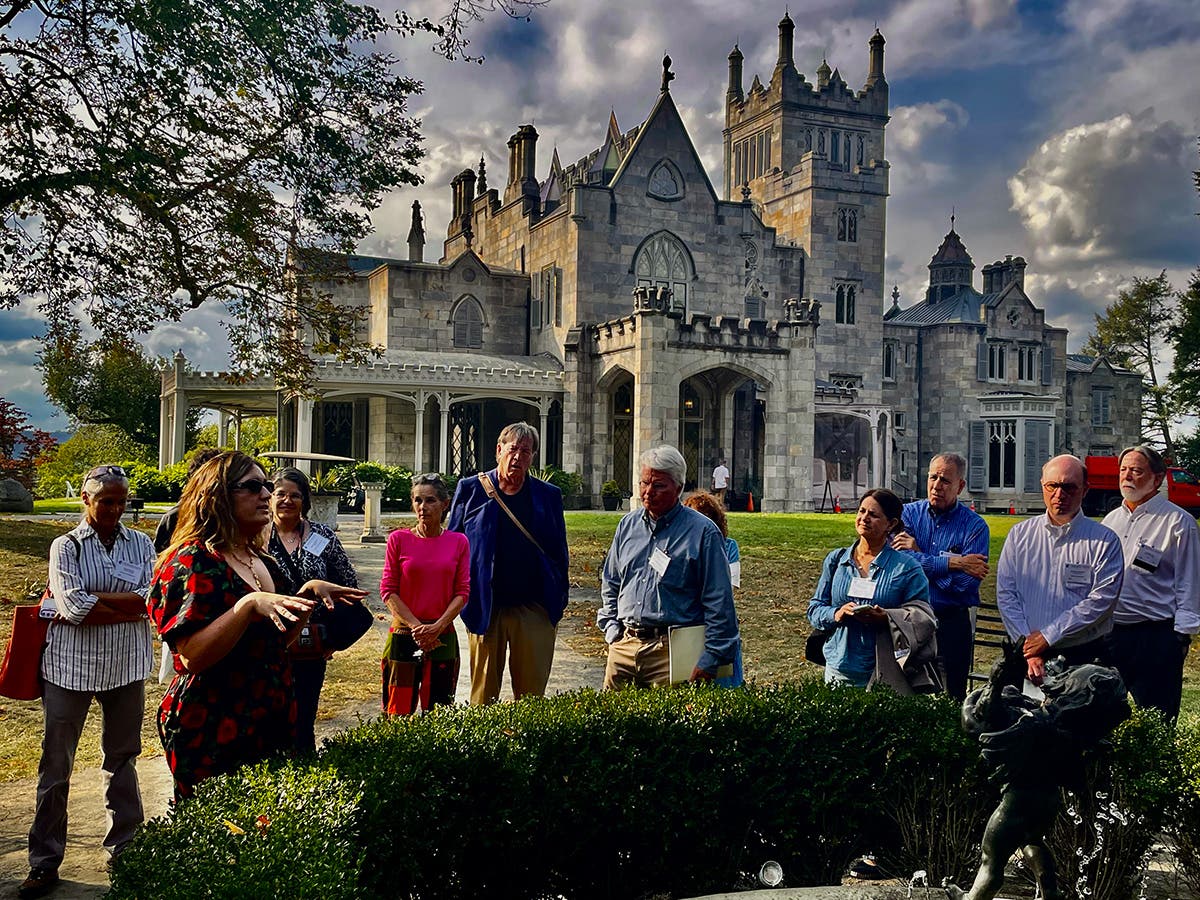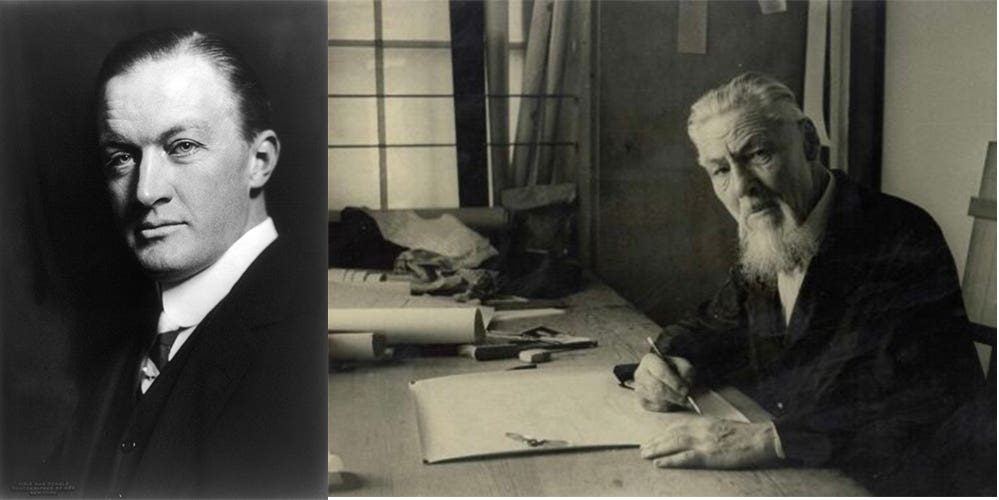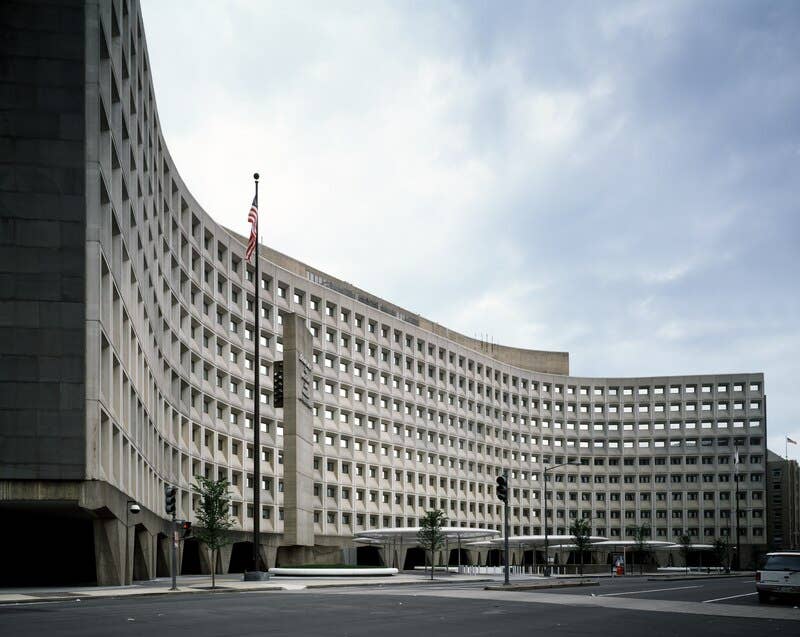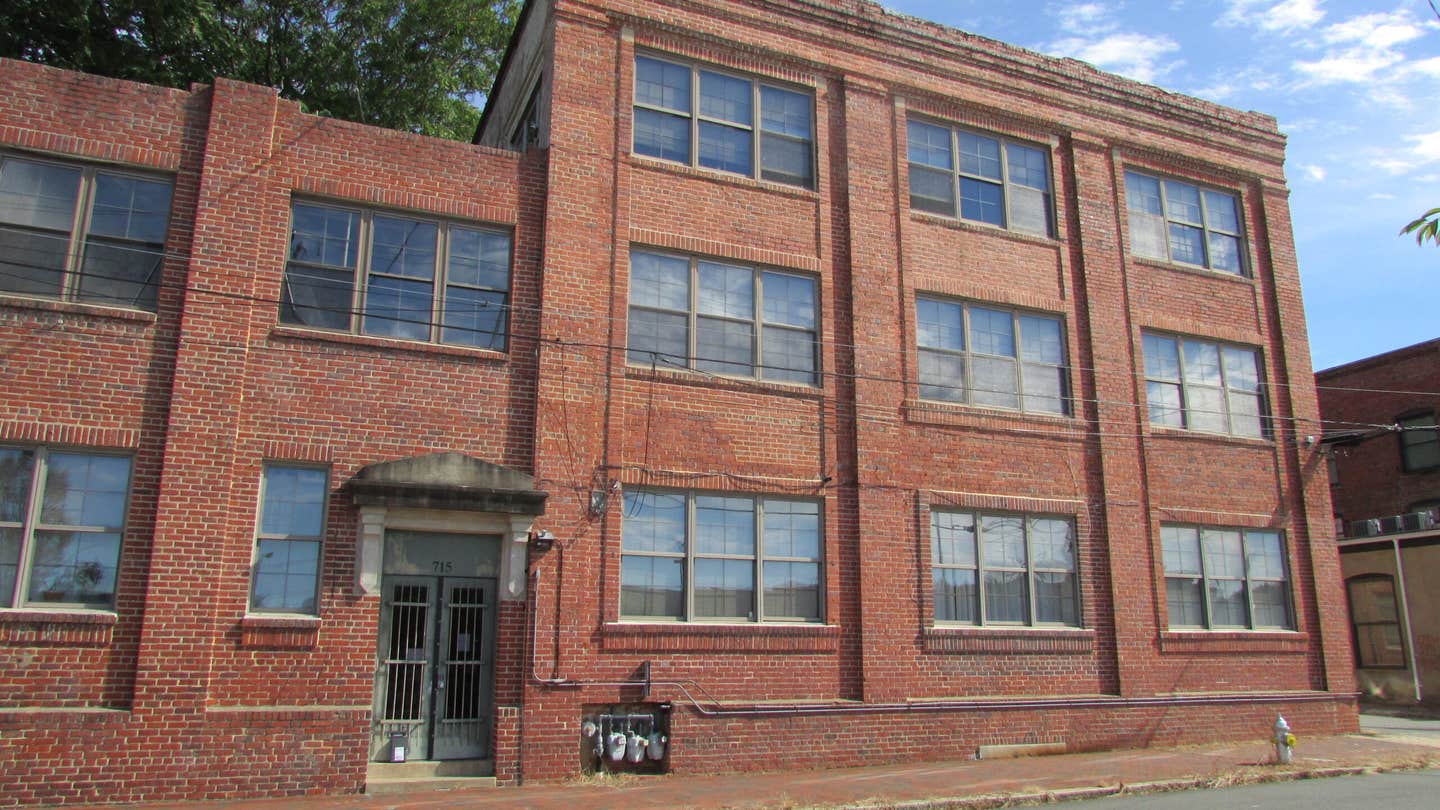
Clem Labine
Architects Attack the Lincoln Memorial
Everyone admires the Lincoln Memorial, right? Standing regally in gleaming white marble at the end of its long reflecting pool, the Lincoln Memorial today appears inevitable, perfect, and eternal. But there were howls of protest when the Lincoln Memorial Commission first unveiled architect Henry Bacon’s plans for the new monument in 1912. Many leading architects and critics were appalled that a classical design had been chosen to honor our 16th president. (Ironically, little has changed in the ensuing 97 years: It’s an open secret that when juries are selected today to evaluate proposals for public monuments, the process is usually rigged so that no classical design can ever win.)
In 1912, protests about the Lincoln Memorial design were loudest from a group of architects centered in Chicago, and was epitomized by a resolution passed by the Illinois chapter of the AIA. The resolution denounced Henry Bacon’s design as “purely Greek and entirely un-American.” Other tastemakers soon piled on.
Architecture critic Lewis Mumford detested Bacon’s classical temple: “In the Lincoln Memorial . . . one feels not the living beauty of our American past, but the mortuary air of archaeology.” Ralph Adams Cram agreed that the memorial’s style was unsuitable. Louis Sullivan, in despair over the classicism of the building, pronounced gloomily: “Architecture, be it known, is dead.” Frank Lloyd Wright sniffed: “Depravity sees a Greek temple as a fitting memorial to Abraham Lincoln . . . Nothing is Greek about his life or work or thought.” On another occasion, Wright famously declared: “The Lincoln Memorial is related to the toga and the civilization that wore it.”
What is the purpose of public monuments?
Opposition from architecture’s leading theorists of the time, coupled with the eventual vindication of Henry Bacon’s design by overwhelming public approval, raises the fundamental question: What is the purpose of public monuments? Is it to provide a showcase for “cutting edge” design and to appease the media’s architectural critics? Or should our public monuments be assigned a more profound mission? I would argue that the greater public good requires timeless monuments that speak to the mind and emotions of generations down the years.
If public monuments should serve a role beyond merely gratifying architectural egos, then certainly the nay-sayers of 1912 have been proven wrong. The Lincoln Memorial has become one of the most revered public spaces in America. A survey sponsored by the AIA in 2007 ranked the Lincoln Memorial one of America’s top 10 favorite places. Because of its symbolic power, the memorial has been chosen as the central stage on which many of the great dramas of our nation have played out. It is a secular shrine that has become embedded in the heart of America and imprinted on our coinage and currency. Henry Bacon’s design has a timeless gravitas that has animated its role as an embodiment of the national unity Lincoln proclaimed in his Second Inaugural Address.
The violent resistance of the tastemakers of 1912 to what proved to be a highly successful memorial highlights what I believe is the dreadfully flawed procedure that determines the design of public monuments today. Typically, the process is highly incestuous and solipsistic: (a) Civic authorities appoint a jury of “experts;” (b) The experts are conscious they owe their exalted status to architectural critics, peers, and pundits; (c) Critics and tastemakers have an unceasing craving for novelty; (d) As a result of (c), the jury selects a bizarre design that they believe the critics will find sufficiently “creative.” Public reaction – if factored in at all – is a tertiary consideration. Henry Bacon’s classically inspired design, if presented today, would never survive the withering criticism coming from Modernists.
My opinion of today’s public monuments jury process may be a minority view. But 300 million Americans are happy that Frank Lloyd Wright’s opinion of the Lincoln Memorial did not prevail!
Clem Labine is the founder of Old-House Journal, Clem Labine’s Traditional Building, and Clem Labine’s Period Homes. His interest in preservation stemmed from his purchase and restoration of an 1883 brownstone in the Park Slope section of Brooklyn, NY.
Labine has received numerous awards, including awards from The Preservation League of New York State, the Arthur Ross Award from Classical America and The Harley J. McKee Award from the Association for Preservation Technology (APT). He has also received awards from such organizations as The National Trust for Historic Preservation, The Victorian Society, New York State Historic Preservation Office, The Brooklyn Brownstone Conference, The Municipal Art Society, and the Historic House Association. He was a founding board member of the Institute of Classical Architecture and served in an active capacity on the board until 2005, when he moved to board emeritus status. A chemical engineer from Yale, Labine held a variety of editorial and marketing positions at McGraw-Hill before leaving in 1972 to pursue his interest in preservation.


